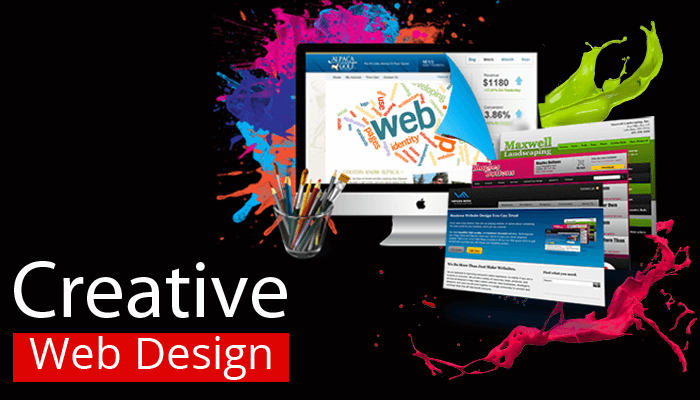KADAMBA PRIME BUSINESS
Creative Website Designer
As a creative website designer for Kadamba Prime Business, your role is crucial in crafting visually appealing, user-friendly, and engaging websites that effectively represent the brand and drive user engagement. Here’s a brief overview of your responsibilities and the key aspects of your role:

- Understanding Brand Identity: Gain a deep understanding of Kadamba Prime Business’s brand identity, values, target audience, and objectives. Align website designs with the brand’s aesthetics, tone, and messaging to ensure consistency and reinforce brand identity.
- Translating Requirements into Design Concepts: Work closely with stakeholders to gather requirements and understand the goals and objectives of the website. Translate these requirements into creative design concepts that meet user needs and business objectives.
- User-Centric Design: Prioritize user experience (UX) in website design, focusing on creating intuitive navigation, clear information architecture, and engaging visual elements. Consider user personas, user journeys, and usability principles to create designs that resonate with the target audience.
- Visual Design: Create visually appealing website designs that captivate visitors and communicate the brand’s message effectively. Use typography, color palettes, imagery, and other visual elements strategically to create a cohesive and impactful design.
- Responsive Design: Design websites that are responsive and adapt seamlessly to different screen sizes and devices. Ensure that designs are optimized for mobile devices to provide a consistent and user-friendly experience across all platforms.
- Collaboration and Communication: Collaborate with developers, content creators, and other team members throughout the design process. Communicate design concepts effectively and incorporate feedback to refine designs and achieve desired outcomes.
- Creative Problem-Solving: Use creative problem-solving skills to overcome design challenges and find innovative solutions that meet project requirements and constraints. Adapt designs based on technical limitations, user feedback, and project goals.
- Stay Updated with Design Trends: Keep abreast of the latest design trends, technologies, and best practices in web design. Incorporate innovative design elements and techniques to create modern and cutting-edge websites that stand out from the competition.
- Testing and Iteration: Conduct usability testing and gather feedback from stakeholders and end-users to evaluate the effectiveness of website designs. Iterate on designs based on feedback and testing results to continuously improve user experience and achieve project goals.
- Time and Project Management: Manage multiple projects simultaneously and adhere to project timelines and deadlines. Prioritize tasks effectively, manage workload efficiently, and communicate progress with stakeholders to ensure timely delivery of high-quality designs.
- Client Collaboration and Presentation: Present design concepts and proposals to clients in a clear and compelling manner. Collaborate with clients to understand their vision, preferences, and feedback, and incorporate client input into design revisions effectively.